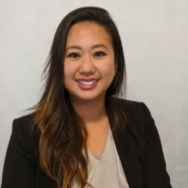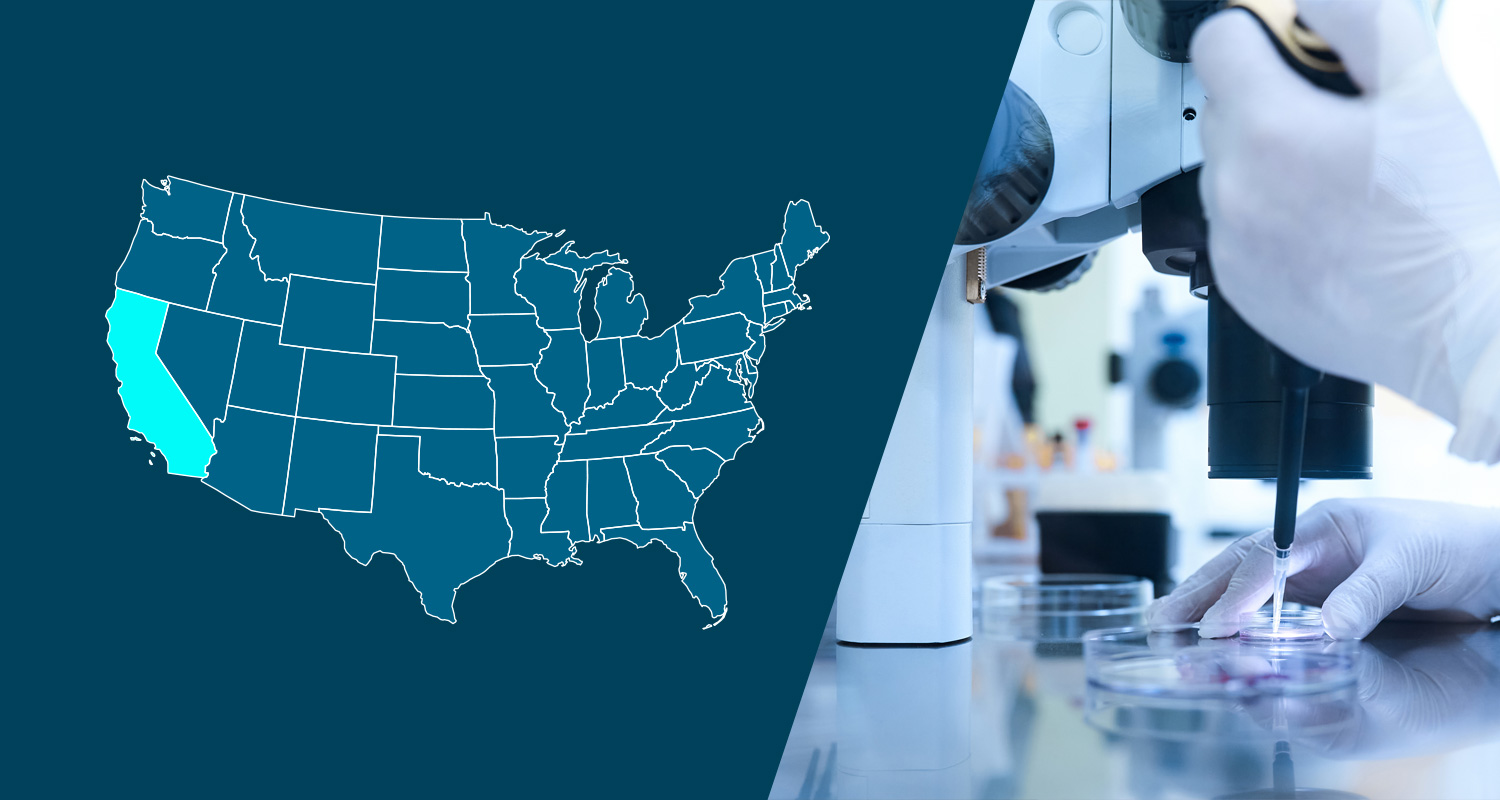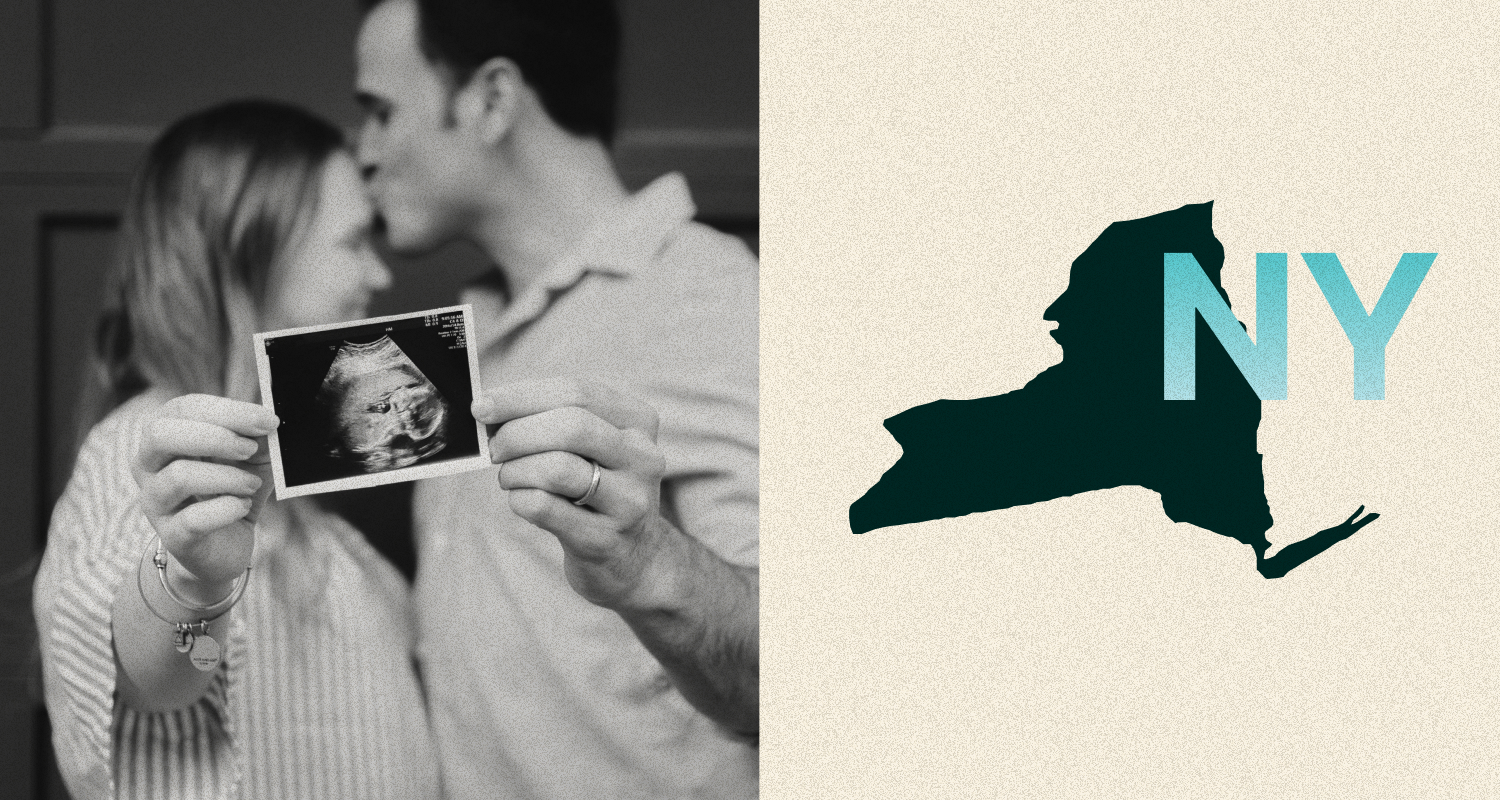In July of this year, San Francisco voters approved Proposition G, the Public Health Emergency Leave (PHEL) Ordinance (“Ordinance”), which requires certain employers to provide permanent paid public health emergency leave to San Francisco employees beginning October 1, 2022. This required leave is in addition to other required paid time off, including paid sick leave under the San Francisco Paid Sick Leave Ordinance.
Compliance Snapshot
- Covered employers (those with 100+ employees worldwide, with at least 1 employee working in San Francisco) must provide San Francisco employees with up to 80 hours of PHEL each calendar year. For the remainder of 2022, covered employees must be provided with up to 40 hours of PHEL.
- Covered employees can only use PHEL during a Public Health Emergency (PHE) when they are unable to work or telework due to situations related to the PHE.
- Covered employers must post or electronically provide a PHEL poster, document PHEL leave, and in some cases, display the amount of PHEL leave on employee paystubs.
Overview of SF PHEL Ordinance
Who does the SF PHEL Ordinance apply to?
- Covered Employers: Employers with 100 or more employees worldwide that have 1 or more “covered employees.” Non-profit employers are not subject to the Ordinance.
- Covered Employees: Employees performing work in San Francisco, including part-time and temporary employees.
What are qualifying uses for SF PHEL?
Covered employees may use PHEL leave during a Public Health Emergency (PHE) if they are unable to work (or telework) due to any of the following:
- The recommendations or requirements of an individual or general federal, state, or local health order related to the PHE;
- The employee, or family member the employee is caring for, has been advised by a healthcare provider to isolate or quarantine;
- The employee, or family member the employee is caring for, is experiencing symptoms and seeking medical diagnosis, or has received a positive medical diagnosis of possible infectious, contagious, or communicable disease associated with the PHE;
- Employee is caring for a family member if the school or place of care is closed, or the care provider is unavailable, due to the PHE; or
- There is an Air Quality Emergency, and the employee is a member of the vulnerable population and primarily works outdoors.
Employers of certain healthcare providers or emergency responders can limit the use of SF PHEL for those individuals in certain circumstances.
When can covered employees use PHEL?
PHEL can only be used during a PHE, which includes local or statewide health emergencies related to any contagious, infectious, or communicable disease, declared by San Francisco or California’s health officer, or an Air Quality Emergency.
PHEL must be available for immediate use, regardless of how long an employee has been employed or their status as full-time, part-time, permanent, temporary, seasonal, salaried, etc. An employee may voluntarily choose (but an employer cannot require or encourage) to use other accrued paid leave provided by their employer before they choose to use PHEL leave.
How much PHEL leave must covered employers provide?
Required Amount of Leave: Covered employers must provide the following amount of PHEL leave:
- Full time, regular, and fixed schedule employees:
- On October 1, 2022, the number of hours an employee regularly works or takes paid leave over a 1-week period, up to 40 hours.
- Beginning on January 1, 2023, and on each January 1st thereafter, the number of hours the employee regularly works or takes paid leave over a 2-week period, up to 80 hours.
- Variable hour employees:
- On October 1, 2022, the number of hours the employee worked over a 1-week period during the previous 6 months (or if the employee has been employed for less than 6 months, since the employee’s start date), up to 40 hours.
- Beginning on January 1, 2023, and on each January 1st thereafter, the number of hours the employee worked over a 2-week period during the previous 6 months (or if the employee has been employed for less than 6 months, since the employee’s start date), up to 80 hours.
Offsetting Leave in 2022:
A covered employer can offset the required PHEL leave (outlined above) for each hour a covered employee takes paid leave after October 1, 2022 for:
- Voluntary employer-provided paid time off for PHEL qualifying reasons; or
- California COVID-19 supplemental sick leave (which, if signed by Governor Newsom, will be extended to December 31, 2022).
Offsetting Leave in 2023 and in Subsequent Years:
If a covered employer is required by federal, state, or San Francisco law to provide paid leave to address a public health threat and covered employees can use this leave for the same PHEL qualifying reasons (outlined above), the covered employee can offset the required PHEL amounts for each hour such leave is taken.
The Ordinance also authorizes the SF Office of Labor Standards Enforcement (OLSE) to promulgate regulations with additional permitted offsets.
Carryover: Employers are not required to carry over unused PHEL hours from year to year.
What are the notice and recordkeeping requirements?
Poster: Covered employers must display the model poster in a conspicuous place at workplaces/jobsites that have covered employees, and where feasible, should provide it via electronic communication (e.g., email, text, posting to the employer’s web-based or app-based platform).
Paystubs: If a covered employer must provide notice under California Paid Sick Leave Law (the Healthy Workplace, Healthy Families Act of 2014), they must also display the amount of SF PHEL leave available to the employee. As a reminder, all employers with employees in California are subject to the California Paid Sick Leave Law, except for certain employers of employees covered by a valid collective bargaining agreement and employers subject to the Railway Labor Act.
If an employer provides unlimited paid leave to an employee, the employer may satisfy this paystub requirement by indicating on the notice or employee’s paystub “unlimited.”
Recordkeeping: Covered employers must retain records documenting hours worked by employees and hours taken under SF PHEL leave for at least 4 years and provide access to those records to OLSE upon request.
What are the penalties for non-compliance?
Individuals may report suspected violations of the Ordinance to OLSE and OLSE may investigate possible violations and order appropriate relief, where applicable. If any SF PHEL is unlawfully withheld, a penalty equal to the dollar amount of paid leave withheld multiplied by 3, or $500, whichever amount is greater, may be awarded to the employee. A $500 penalty may also be imposed for refusing access to records, a failure to maintain records, a failure to post the required notice, or other violations. In addition, individuals can bring a civil action against an employer.
Employer Action
By October 1, 2022, covered employers must:
- Begin providing PHEL entitlements to covered employees;
- Post the PHEL model notice at workplaces and provide the notice via electronic communication where feasible;
- Review and amend any internal leave policies, as needed;
- Track hours worked and any PHEL taken by employees for at least 4 years; and
- Display the availability of PHEL on employee paystubs (or “unlimited” if an employer provides unlimited paid sick leave) if employer is required to provide employees notice under the California Healthy Workplace, Healthy Families Act of 2014.
Additional Resources
- Official SF PHEL Website
- Official SF PHEL Poster
- Proposition G
- Sequoia Foreword: California Renews COVID-19 Supplemental Paid Sick Leave to September 30, 2022
Disclaimer: This content is intended for informational purposes only and should not be construed as legal, medical or tax advice. It provides general information and is not intended to encompass all compliance and legal obligations that may be applicable. This information and any questions as to your specific circumstances should be reviewed with your respective legal counsel and/or tax advisor as we do not provide legal or tax advice. Please note that this information may be subject to change based on legislative changes. © 2022 Sequoia Benefits & Insurance Services, LLC. All Rights Reserved




